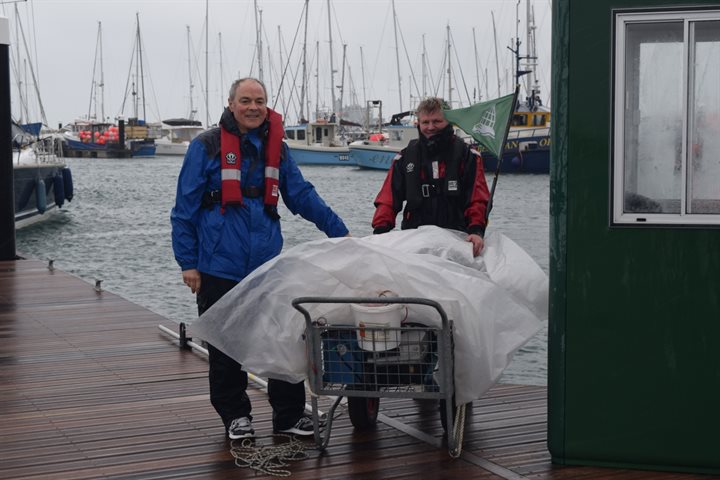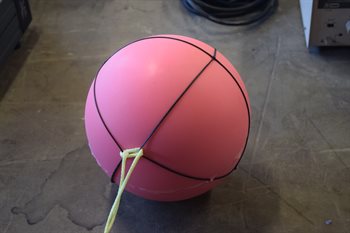The Acoustic Tagging Technologies Applied to Cables and subsea Hardware( ATTACH) research was a three-way collaboration between Subsea Asset Location Technologies (SALT) Ltd., Precision Acoustics Ltd. and the University of Birmingham to carry out a feasibility study to identify remote-sensing, acoustical methods of labelling high-value subsea energy assets, such as cables and pipelines.
It is not generally appreciated that finding an asset might take a significant amount of time and money as the cable, or pipeline, might have been buried or moved as a result of ocean currents, the asset may then become invisible to a sonar system. Thus any method of tracking the asset without having to excavate it would dramatically reduce costs. The aim of this project was to design synthetic sonar targets that float above the asset and are significantly easier to detect using a sonar system then the asset itself. One can imagine that being able to see a string of such targets over a range of a few hundreds of metres (likened to cat’s-eyes whilst driving at night) would dramatically increase the detectability of such assets.
The team of researchers responsible for delivering the work included Dr Trevor Francis, seen here on the left during a very wet and windy field trial in conjunction with SALT Ltd.

 We tested the spheres (pictured) in Weymouth Bay using ultra-wideband transducers developed by Precision Acoustics Ltd. The group developed the broadband electrical matching networks, the sonar system and the associate signal processing to extract both amplitude and phase information from the targets. If you look carefully at the overlaid image (below), you will see evidence of the sound circling multiple times the circular support columns of the jetties.
We tested the spheres (pictured) in Weymouth Bay using ultra-wideband transducers developed by Precision Acoustics Ltd. The group developed the broadband electrical matching networks, the sonar system and the associate signal processing to extract both amplitude and phase information from the targets. If you look carefully at the overlaid image (below), you will see evidence of the sound circling multiple times the circular support columns of the jetties.
